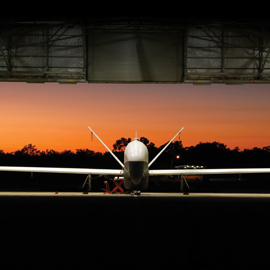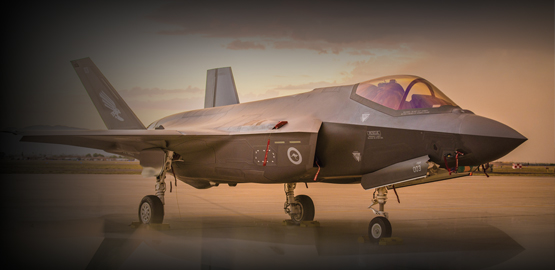
With a new administration and new Congress entering office, experts from across the political spectrum have introduced competing proposals for future U.S. defense budgets. The most noteworthy aspect of these proposals is the extraordinary degree to which they differ. One issue driving the differences is NATO military spending. Much attention has centered on NATO members devoting at least 2 percent of their GDP to defense. Despite this attention, research has rarely projected the additional funding and forces that could be generated if all NATO countries met the 2 percent of GDP benchmark—or a higher target.
In Putting It All Together, CSBA Senior Fellow and Director of Defense Budget Studies Travis Sharp estimates how much extra defense spending, specifically for equipment, would be created if NATO countries reached different spending targets by 2029. He then illustrates hypothetical military capabilities NATO countries could acquire with the extra spending. Finally, he identifies three options (shift, substitute, siphon) for reaching equipment spending levels commensurate with the 2 percent of GDP target.
Sharp finds that all NATO countries reaching 2 percent of GDP would increase collective spending by $156 billion over five years relative to continuing the status quo, with $36 billion of that total going to equipment. Increasing spending by that total amount would be the equivalent of adding two Swedens or four Finlands. The extra spending would be enough to acquire thousands of munitions, dozens of aircraft, and flotillas of ships that would improve NATO’s defense against Russia. The 2 percent of GDP benchmark therefore remains a meaningful goal, in terms of the resources it would create, despite the recent surge in countries meeting that target.
This report is the 39th in a series of annual budget analyses published since 1983 by CSBA and its predecessor organization.



























